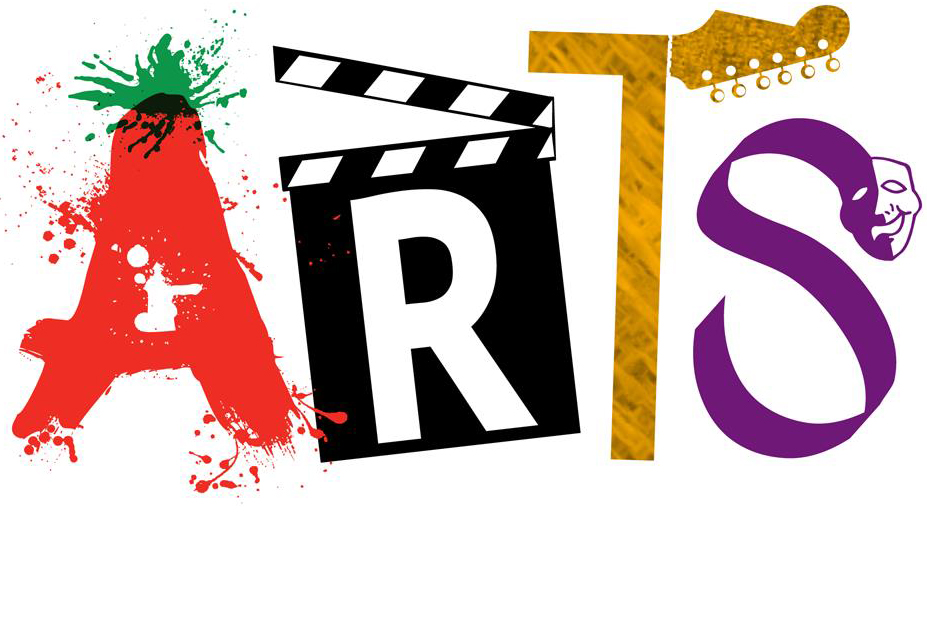
So what do audiences want?
- Cheaper tickets, for sure. Or at least the opportunity to pay what they want. One theatre converted its season to pay-as-you-want and saw a 50% increase in audience.
- But perhaps it’s frustrating that people don’t see more people like themselves on stages. “One of my frustrations with what happens on the stage a lot of the time when working class people are put up there, it’s like poverty porn. They’re laughed at, or they’re the villains, or they’re ridiculous.”
- Theatre-as-Teacher: Hamilton is being used in classrooms to teach history. “Yes, it takes creative liberties—the Founding Fathers didn’t really spit rhymes or use phrases like ‘John Adams shat the bed’—but the story is historically sound.”
- Not Your Parents’ Library: Libraries Across America Have Reinvented Themselves “There are three areas where libraries function as vibrant centers of America’s towns: technology, education, and community.”
-
Reading Is Back. Yay! But Let’s Not Put Down Complicated Critiques Replaced By New Enthusiasm That reading is now a social activity again… might seem cause for optimism. Yet D.J. Taylor regrets the passing of critical arbitration in matters of taste. - How The Smithsonian Is Using Crowdsourcing To Transcribe History
Leave a Reply